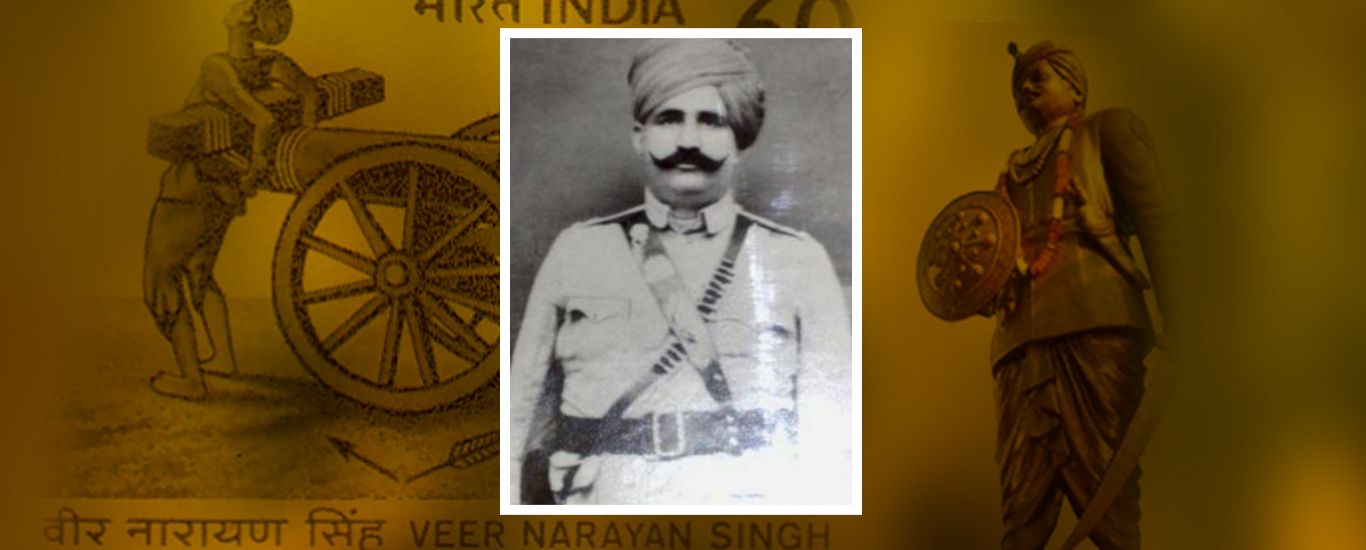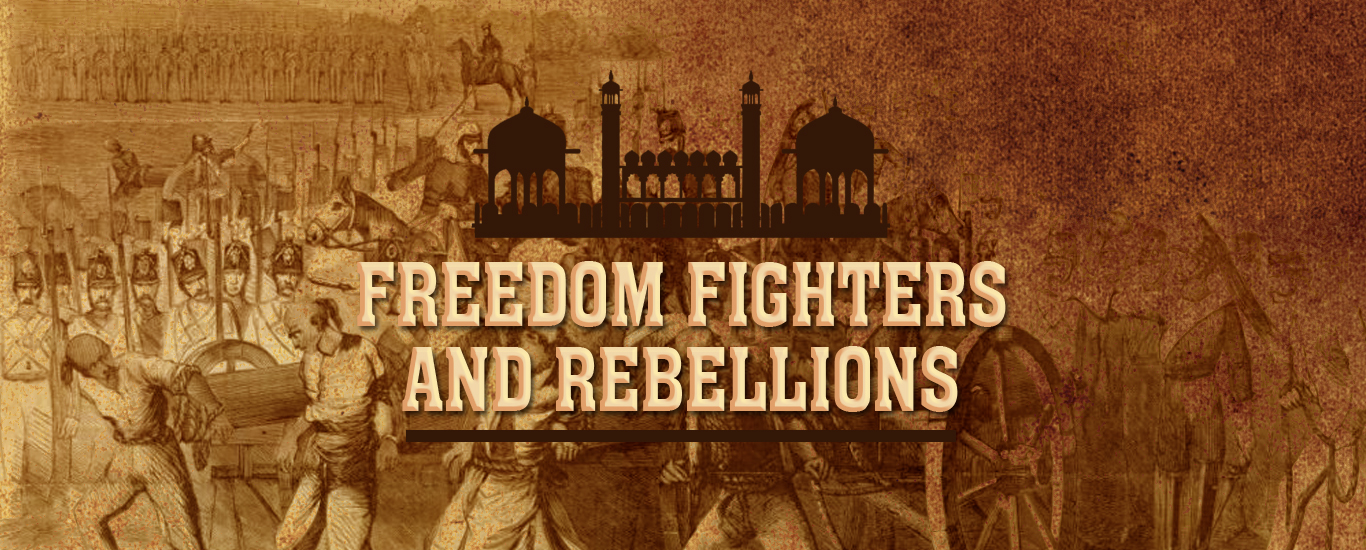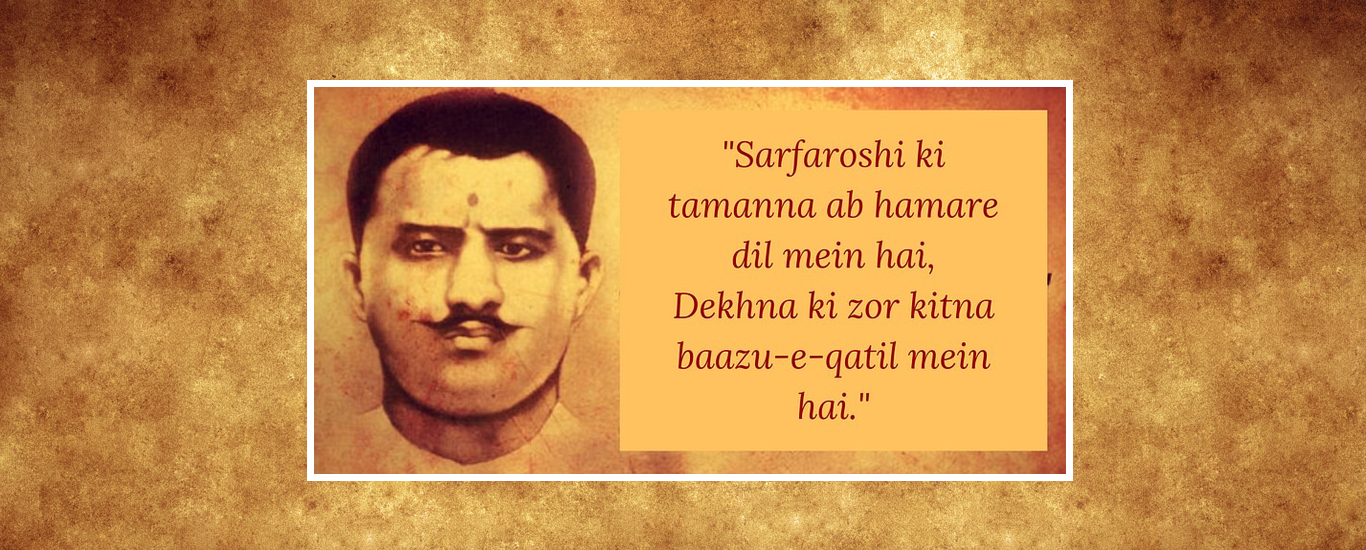Rajendra Nath Lahiri – Freedom fighter, and the Mastermind behind kakori conspiracy
Subash Chandra Bose has very rightly said “One individual may die for an idea, but that Idea will after his death incarnate itself in a thousand lives” these lines by Subhash Chandra Bose with the legend Rajendra Nath Lahiri the freedom fighter for excellence. An Indian Revolutionary who was also the man behind the idea of Kakori conspiracy and Dakshineshwar bombing. Born on the 29th of June 1901, in the village of Mohanpur, to Kshiti Mohan Lahiri and Basant Kumari. He was an active member of the Hindustan Republican Association, aiming and throwing the British from India. He died on 17 December 1927 in Uttar Pradesh.
Early life and his studies in Uttar Pradesh
Rajendra Lahiri’s father was in jail at the time of his birth. He was accompanied by his elder brother, for taking part in the activities of the forbidden Anushilan Samiti. Rajendra Nath Lahiri was 9 years of age when he got immersed with the idea of patriotism when he went to Varanasi, his maternal uncle’s home.
Rajendra Nath Lahiri arrived at Benaras and began studying. When the revolutionary activities began in Uttar Pradesh, he was a student studying M.A. (History) in BHU. Lahiri, being a graduate in economics and history, was also an honorary secretary of the Bengal Sahitya Parishad and secretary of the health union at Banaras Hindu University (BHU), Uttar Pradesh. He was a prodigy in writing and wrote several articles in papers like Bangabani and Shanka, a magazine edited by Sanyal. He even wrote articles for Agradut, a handwritten monthly magazine.
Realizing the revolutionary spirit, patriotism, and love for freedom in Rajendranath, Sachindranath appointed him as the editor of the magazine Banga Vaani, and also the coordinator and arms in charge for the Anushilan Samiti in the branch of Varanasi.
Rajendra Lahiri was one among the very well-read socialist literature included in the revolutionaries of his times. He was debated with the question of religion in public and private life. Concerning the study of socialist literature among HRA revolutionaries, a comrade of Lahiri’s and noticeable member of the HRA, Manmath Nath Gupta, in an interview given to the Nehru Memorial said, “I had studied, Rajendranath Lahiri had studied and we both had reached the conclusion that the socialist philosophy was an integral part of socialist thinking. The two could not be separated and we were already anti-religious and we had started thinking in terms of atheism. At least we were agnostic.”
Functioning as anti-religious was recognized as a vital part of becoming a socialist in the Marxist tradition within the HRA revolutionaries. This impression mostly led to heated debates within the organization which gradually got divided into two phases. The first phase included ‘old’ revolutionaries like Ramprasad Bismil and Sachindranath Sanyal, who proved the ‘economic’ aspects of socialism but stayed away from the materialist philosophy. The other phase included ‘young’ comrades like Rajendra Lahiri, Keshab Chakravarti, Manmath Nath Gupta, Raj Kumar Sinha, and others.
Gupta further says, “Rajendranath Lahiri and myself and Raj Kumar Sinha and some others stood for new ideas. We wanted to do away completely with religion, whereas Ramprasad Bismil and all these people, said that we need not be carbon copies of the Russian revolutionaries and that religion could play a role here. We didn’t agree with him. So there was all the time discussion, heated discussion, which sometimes threatened to end up in a scuffle.” The ‘young’ revolutionaries like Lahiri were totally against the mixing of religion with politics, and far as the personal belief was concerned, according to Gupta, Lahiri was a vacillating ‘agnostic’ who was “marching from agnosticism to atheism”.
Kakori Kanada by Rajendra Lahiri
Rajendranath Lahiri was brought into the secret meetings of sacrificial jathas. As there was an urgent requirement of funds for speeding up the movement of independence run by the revolutionaries, they held a secret meeting in Shahjahanpur. Ramprasad Bismil, during the meeting, decided to loot the treasury of the English government. Being a part of this idea Rajendra Nath Lahiri, chief of the party, on 9th August 1925, stopped the 8 Down Saharanpur-Lucknow Passenger train’ from Lucknow’s Kakori railway station and pulled the chain and was led by revolutionary Pandit Ramprasad Bismil, Ashfaqullah Khan, Chandrasekhar Azad along with the help of six other members. The government treasury was taken while attacking the whole train.
Punishment to Rajendra Nath Lahiri
Later on, the British government charged the whole number of 40 revolutionaries of his party ‘Hindustan Republican Association’ for executing armed wars against the emperor, stealing government treasures, and killing innocent people. Rajendranath Lahiri, Ashfaqullah Khan, Ramprasad Bismil, and Thakur Roshan Singh had the death penalty (punishment for execution). While 16 other revolutionaries were charged with punishments starting from less than four years to maximum lifelong imprisonment. On April 6, 1927, a special court of Lucknow in the Kakori Kand pronounced its verdict with the decision to hang Rajendranath Lahiri, Ram Prasad Bismil, Roshan Singh, and Ashfaqullah Khan on Jallianwala Bagh Day together.
Death of Rajendra Nath Lahiri
After a long trial, he was found guilty and two days before the scheduled time he got hanged on December 17, 1927, in Gonda District Jail. Lahiri was pursuing his MA history when he was hanged at the age of 24.



